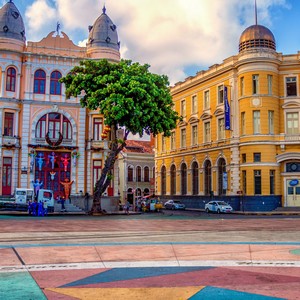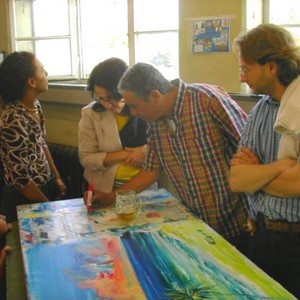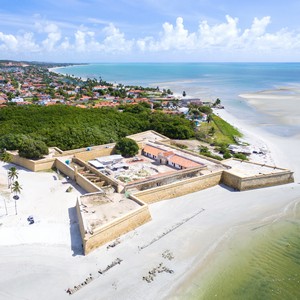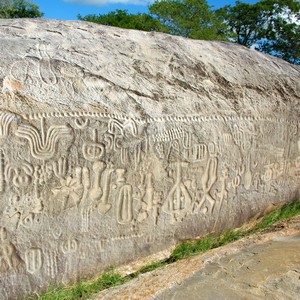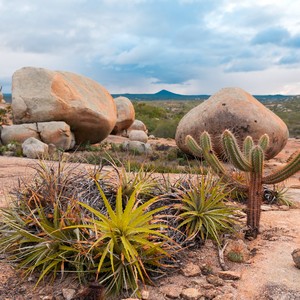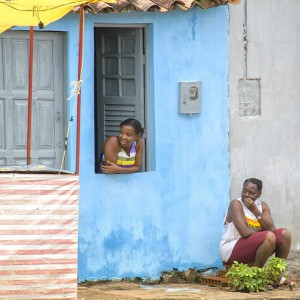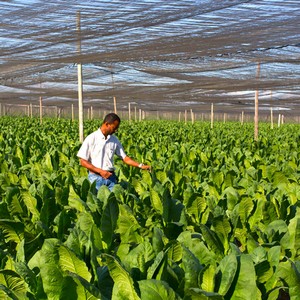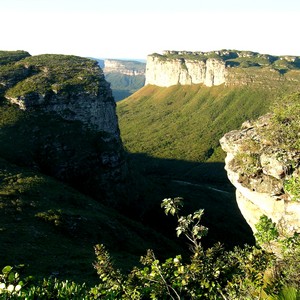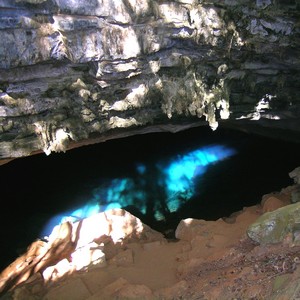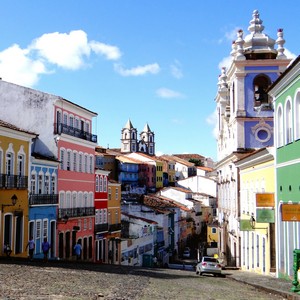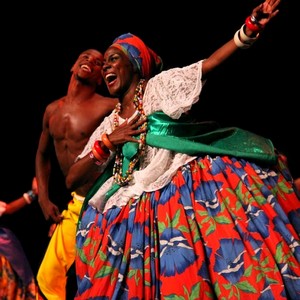Before exploring the city of Salvador itself, head inland again to discover the Bahian countryside in the hinterland of Salvador, the so-called Recôncavo Baiano. The first stop is Santo Amaro, where the town’s beautifully maintained colonial buildings will take you back to the era of the Brazilian Empire. This journey through time continues as we head on to Cachoeira, a National Historical Monument sometimes called the 'Ouro Preto of Bahia'.
After lunch at a typical fazenda, cross the impressive Dom Pedro II Bridge to São Felix, where you will visit the Centro Cultural Danneman, home of the country’s most exquisite cigars. The production of tobacco remains one of the region’s most important economic activities. During a guided tour through the Fazenda Santo Antônio tobacco plantation, learn everything about this process, from the seed to the ready-made cigar. The Adopt a Tree project will give you the opportunity to actively participate in the preservation of Brazil's Atlantic Rainforest by planting your own tree. In the late afternoon, you will be dropped off in Cachoeira, where you will spend the night.
Overnight in Pousada do Convento, Cachoeira
Meal plan: Breakfast & lunch
The colonial town of Santo Amaro is located on the outskirts of Salvador de Bahia. Originally a hub for sugar production, the main source of income in the town is now paper production, visible on the hillsides surrounding Santo Amaro, where bamboo trees now flourish where sugarcane once did. Evidence of the town's former prosperity can be seen in the crumbling façades of former sugar-baron mansions along the old commercial street, Rua General Câmara, as well as in Santo Amaro's numerous churches.
The town of Cachoeira ('Waterfall' in Portuguese) is affectionately known as the jewel of the Recôncavo region. A National Historical Monument, the town is particularly renowned for its well-preserved, colourful colonial architecture and idyllic location on the shores of the Paraguaçu River.
Connected to Cachoeira by a 19th century British-built bridge, the town of São Félix is renowned for its tobacco production; the town is widely considered to produce the most exquisite cigars in Brazil. The town also has a proud reputation as a hub for followers of the Afro-American religious tradition, Candomblé.

